Home>Garden Essentials>How To Plant Ground Cover Between Pavers
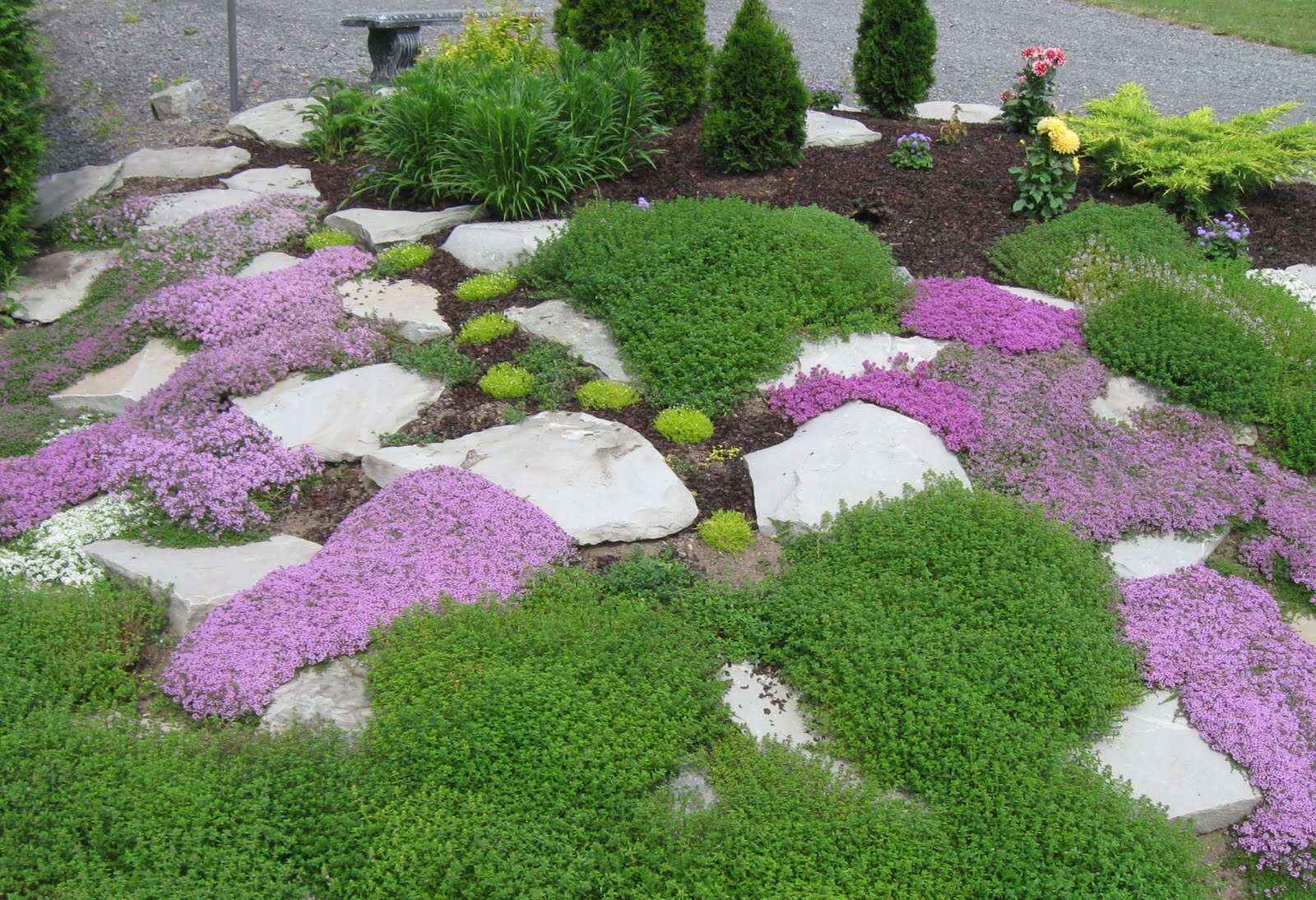

Garden Essentials
How To Plant Ground Cover Between Pavers
Modified: May 6, 2024
Looking to spruce up your garden? Learn how to plant ground cover between pavers for a beautiful and low-maintenance garden makeover.
(Many of the links in this article redirect to a specific reviewed product. Your purchase of these products through affiliate links helps to generate commission for Storables.com, at no extra cost. Learn more)
Introduction
Welcome to the wonderful world of gardening! If you are looking to enhance the beauty of your outdoor space and create a stunning landscape, planting ground cover between pavers is a fantastic option. Ground cover plants not only add a touch of greenery but also help to prevent weeds, control erosion, and reduce the need for excessive maintenance.
Whether you have a patio, walkway, or driveway made of pavers, using ground cover in between can transform the look and feel of the area. Imagine lush greens, vibrant bursts of color, and a natural carpet-like effect, all seamlessly interwoven between your pavers. It’s like creating a mini garden right at your feet!
In this article, we will delve into the benefits of using ground cover between pavers, guide you in choosing the right plants, provide a step-by-step process for planting, offer tips for maintenance, and highlight common mistakes to avoid. So, let’s get started on this gardening adventure!
Key Takeaways:
- Transform your outdoor space by planting ground cover between pavers. Enjoy lush greenery, weed control, erosion prevention, and low maintenance, creating a stunning mini garden at your feet.
- Choose the right ground cover plants, prepare the area, and follow a step-by-step planting guide for success. Maintain your ground cover with regular watering, weeding, and pruning to ensure long-term beauty.
Read more: How To Plant Clover As Ground Cover
Benefits of Using Ground Cover Between Pavers
Planting ground cover between pavers brings a host of benefits to your outdoor space. Here are some key advantages:
- Weed Control: One of the biggest advantages of using ground cover is its ability to suppress and prevent weed growth. The dense foliage acts as a natural barrier, reducing the space available for weed seeds to germinate. This not only saves you time and effort but also keeps your paver area looking neat and immaculate.
- Erosion Control: Ground cover plants have extensive root systems that help stabilize the soil and prevent erosion. This is particularly important if you have sloping or uneven terrain. The roots bind the soil particles together, minimizing the risk of soil erosion caused by heavy rains or foot traffic.
- Aesthetics: An aesthetically pleasing outdoor space can greatly enhance the overall look and value of your property. Ground cover plants add visual interest and texture to your paver area. With their lush foliage, colorful flowers, and varying heights, they create a beautiful and inviting atmosphere.
- Temperature Regulation: Did you know that ground cover plants can help regulate the temperature of your outdoor space? They act as natural insulators, reducing heat absorption during hot summer months and protecting the soil and pavers from extreme temperature fluctuations.
- Water Conservation: By planting ground cover between your pavers, you can also conserve water. The dense foliage helps retain moisture in the soil, reducing the need for frequent irrigation. This is particularly beneficial in regions with water restrictions or in areas prone to drought.
- Low Maintenance: Ground cover plants are typically low maintenance, requiring minimal attention once established. They are hardy and resilient, and with proper care, they can thrive and spread, filling in the gaps between pavers. This means less time spent on weeding and more time enjoying your beautiful outdoor space.
Now that you know the multitude of benefits that come with using ground cover between pavers, let’s explore how to choose the right plants for your specific needs.
Choosing the Right Ground Cover for Your Pavers
When it comes to selecting the perfect ground cover for your pavers, there are several factors to consider. Here are some key points to keep in mind:
- Growth Habit: Different ground cover plants have varying growth habits, such as spreading, clumping, or creeping. Consider the space between your pavers and choose a plant that will fill in the gaps nicely without overpowering the area. Also, think about how fast the plant spreads and whether you want it to stay contained or gradually fill out the space.
- Sunlight Requirements: Assess the amount of sunlight your paver area receives throughout the day. Some ground cover plants thrive in full sun, while others prefer partial or full shade. Select plants that are well-suited to the lighting conditions of your space for optimal growth and vitality.
- Climate and Hardiness: Take into account the climate and hardiness zone you are in. Choose ground cover plants that are suitable for your region and can withstand the local climate conditions, including temperature fluctuations, frost, and humidity. This ensures that your plants will thrive and survive in the long term.
- Watering Needs: Consider the watering requirements of different ground cover plants. Some varieties are more drought-tolerant and require less frequent watering, making them ideal for water-conscious gardeners. Others may need regular moisture to stay healthy. Select plants that align with your watering preferences and the availability of water in your area.
- Maintenance Level: Think about the level of maintenance you are willing to commit to. Some ground cover plants require regular trimming, pruning, or fertilization, while others can thrive with minimal care. Assess your time and resources and choose a low-maintenance option if you prefer a more hands-off approach.
Additionally, consider incorporating a mix of ground cover plants to add more visual interest and diversity to your paver area. Combining different textures, colors, and heights can create a breathtaking tapestry of foliage and flowers.
Now that you have a better understanding of how to choose the right ground cover for your pavers, let’s move on to preparing the area before planting.
Preparing the Area
Before you start planting ground cover between your pavers, it’s essential to prepare the area properly. Follow these steps to ensure a successful planting process:
- Clean and Clear: Begin by removing any existing weeds, grass, or debris from the paver area. Use a garden rake or a small trowel to loosen and remove any stubborn weeds or grass roots. It’s important to create a clean and clear space for the ground cover plants to thrive.
- Level the Surface: Check the levelness of the paver area. Use a level or straightedge to assess if there are any uneven spots or gaps between the pavers. If needed, add or remove soil to create a smooth and even surface for planting.
- Improve Drainage: If the paver area tends to accumulate water or is prone to poor drainage, it’s crucial to address this before planting. To improve drainage, consider adding a layer of gravel or sand beneath the pavers. This helps prevent water from pooling and ensures that the ground cover plants have proper access to moisture.
- Amend the Soil: Assess the quality of the soil in the paver area. If it’s lacking in nutrients or organic matter, consider amending it with compost or well-rotted manure. This helps create a fertile and nourishing environment for the ground cover plants to establish and thrive.
- Spacing: Determine the spacing between your pavers and plan how you want to fill the gaps with ground cover plants. Keep in mind the growth habits of the specific plants you have chosen and space them accordingly. For faster-spreading plants, you may need to leave more space between the pavers to accommodate their growth.
- Edge the Area: Consider edging the paver area to create a tidy and defined boundary. This not only enhances the overall aesthetic appeal but also helps to contain the ground cover plants within the designated space. Use plastic or metal paver edging or natural materials like stones or bricks for a visually pleasing border.
By properly preparing the area, you are setting the stage for a successful ground cover planting. Once the area is prepared, it’s time to move on to the exciting step-by-step process of planting ground cover between pavers.
When planting ground cover between pavers, choose low-growing, hardy plants like creeping thyme or moss. Make sure to prepare the soil well and space the plants evenly to create a lush, uniform look.
Step-by-Step Guide to Planting Ground Cover Between Pavers
Planting ground cover between pavers is a relatively straightforward process. Follow these steps to ensure successful establishment and growth:
- Prepare the Plants: Before planting, make sure your ground cover plants are well-watered and ready for planting. If necessary, gently loosen the root balls with your fingers to encourage root growth.
- Start at One End: Begin planting at one end of the paver area and work your way to the other end. This ensures a systematic and organized planting process.
- Dig Planting Holes: Use a trowel or your hands to dig small planting holes between the pavers. The size of the holes should correspond to the root balls of your ground cover plants. Make sure the holes are deep enough to secure the plants without burying them too deep.
- Place the Plants: Carefully place the ground cover plants into their respective holes, ensuring that the root balls are level with the ground. Gently press the soil around the plants to secure them in place.
- Fill the Gaps: Use additional soil or compost to fill any gaps between the pavers. Make sure to press the soil firmly to avoid settling and to provide a stable ground for the plants to grow.
- Water Thoroughly: Once all the plants are planted and the gaps are filled, thoroughly water the entire paver area. This helps settle the soil and provides essential moisture to the newly planted ground cover plants.
- Mulch (Optional): Consider applying a layer of organic mulch around the base of the ground cover plants. This helps conserve moisture, suppress weed growth, and protect the plants’ roots from extreme temperatures.
- Monitor and Maintain: Regularly monitor the newly planted ground cover for the first few weeks. Keep the soil consistently moist but avoid overwatering. As the plants establish, gradually reduce the frequency of watering and transition to a regular maintenance routine.
- Trim and Prune: Depending on the ground cover plant variety you have chosen, periodic trimming and pruning may be required to maintain the desired shape and prevent overgrowth. Follow the specific care instructions for each plant to ensure proper pruning techniques.
By following these steps, you can successfully plant ground cover between your pavers and create a beautiful and lush landscape. Now, let’s dive into some tips for maintaining the ground cover and keeping it thriving.
Read more: How To Plant Sedum Ground Cover
Tips for Maintaining Ground Cover Between Pavers
Maintaining ground cover between pavers is essential for keeping your outdoor space looking beautiful and ensuring the health of the plants. Here are some tips to help you maintain and care for your ground cover:
- Regular Watering: Ground cover plants, especially in their early stages of growth, require consistent moisture. Water them regularly, especially during dry spells, to keep the soil evenly moist. Avoid overwatering, as excessive moisture can lead to root rot or fungal diseases.
- Weed Control: Despite the benefits of ground cover in suppressing weed growth, occasional weeds may still emerge. Regularly check for weeds and remove them promptly to prevent them from competing with your ground cover plants for resources.
- Mulching: Consider applying a layer of organic mulch around the base of the ground cover plants. This helps retain moisture, regulate soil temperature, and suppress weed growth. Ensure the mulch is not in direct contact with the pavers to prevent any staining or discoloration.
- Pruning and Trimming: Some ground cover plants may require occasional pruning or trimming to maintain their shape and prevent them from becoming overgrown. Follow the specific care instructions for your plants and trim them as needed, taking care not to cut into the pavers.
- Fertilization: Depending on the specific needs of your ground cover plants, consider fertilizing them once or twice a year. Use a balanced fertilizer or a slow-release granular fertilizer specifically formulated for ground cover plants. Follow the instructions on the packaging for proper application.
- Regular Inspections: Periodically inspect your ground cover plants for any signs of pests, diseases, or nutrient deficiencies. Look for yellowing leaves, spots, or wilting. If any issues are identified, promptly take appropriate measures, such as applying organic pest control methods or adjusting the soil pH with amendments.
- Edge Maintenance: Keep the edges of your paver area neat and well-defined. Regularly trim or edge the area to prevent the ground cover from encroaching onto other surfaces or growing beyond the designated space.
- Reseed or Replant as Needed: Over time, some gaps may appear between the pavers. If necessary, reseed or replant ground cover in these areas to maintain full coverage and ensure a cohesive and attractive look.
- Enjoy and Share: Finally, take the time to enjoy the beauty and tranquility of your ground cover between pavers. Share the joy of a well-maintained landscape with friends and family, and inspire others to create their own stunning outdoor spaces.
By following these maintenance tips, you can keep your ground cover thriving and ensure that your paver area remains a captivating focal point in your garden or outdoor space. Now, let’s explore some common mistakes to avoid when planting and maintaining ground cover between pavers.
Common Mistakes to Avoid
When planting and maintaining ground cover between pavers, there are some common mistakes that you should be aware of to ensure the success of your landscaping project. By avoiding these pitfalls, you can save time, effort, and potential damage to your plants and pavers. Here are some mistakes to steer clear of:
- Choosing the Wrong Plants: Selecting ground cover plants without considering their growth habit, sunlight requirements, and hardiness zone can lead to poor growth and unsightly results. Do your research and choose plants that are suitable for the specific conditions of your paver area.
- Planting Too Close to Pavers: While you want the ground cover to fill in the gaps between the pavers, planting too close to the edges can cause the plants to outgrow their designated space and potentially damage the pavers. Leave adequate room for growth and expansion.
- Improper Soil Preparation: Neglecting to properly prepare the soil before planting can lead to poor drainage, nutrient deficiencies, and hinder the growth of your ground cover. Take the time to amend the soil with organic matter and ensure it is well-draining.
- Over or Underwatering: Finding the right balance of watering is crucial for the health of your ground cover plants. Overwatering can lead to root rot and diseases, while underwatering can cause stress and stunted growth. Monitor the moisture levels and adjust your watering accordingly.
- Ignoring Maintenance: Neglecting regular maintenance tasks such as weeding, pruning, and fertilizing can result in a messy and unhealthy ground cover area. Stay on top of your garden chores to keep your ground cover plants thriving.
- Using Harsh Chemicals: Avoid using harsh chemicals or herbicides near your ground cover. They can damage the plants and harm beneficial insects and wildlife. Opt for organic pest control methods and environmentally-friendly alternatives.
- Skipping Inspections: Failing to inspect your ground cover for pests, diseases, or nutrient deficiencies can lead to bigger issues down the line. Regularly check your plants and address any problems as soon as they arise.
- Overcrowding: While it can be tempting to plant a large variety of ground cover plants, overcrowding can lead to competition for resources and stunted growth. Give your plants enough space to thrive and fill in the gaps between the pavers gradually.
- Not Consulting Experts: If you are unsure about any aspect of planting or maintaining ground cover between pavers, don’t hesitate to consult with gardening experts or landscape professionals. They can provide valuable guidance and ensure a successful outcome.
Avoiding these common mistakes will help you create a stunning and well-maintained ground cover area that enhances the beauty and functionality of your outdoor space. With proper planning and care, your ground cover plants will flourish and provide long-lasting enjoyment.
Now that you are armed with the knowledge of what to avoid, it’s time to put it into practice and create a beautiful and thriving ground cover area between your pavers.
Conclusion
Planting ground cover between pavers is a wonderful way to enhance the beauty and functionality of your outdoor space. Not only does it add visual appeal, but it also helps control weeds, prevent erosion, regulate temperature, conserve water, and reduce the need for excessive maintenance. By choosing the right ground cover plants, preparing the area properly, and following the step-by-step planting guide, you can create a stunning landscape that will be the envy of your neighbors.
Remember to maintain your ground cover by regularly watering, weeding, pruning, and fertilizing as needed. Avoid common mistakes like choosing the wrong plants, planting too close to the edges, or neglecting maintenance tasks. By doing so, you can ensure the long-term health and beauty of your ground cover area between pavers.
Enjoy the process of creating your own mini garden right at your feet. Take the time to relax and appreciate the beauty of your outdoor space. Share your knowledge and experiences with others, and inspire them to embark on their own gardening adventures.
Now, it’s time to step outside, get your hands dirty, and transform your paver area into a stunning oasis with the magic of ground cover plants. Happy gardening!
Now that you've mastered planting ground cover between pavers, why not dive deeper into selecting the perfect varieties? Our article on ground cover plants offers practical advice on which species thrive in various environments, ensuring your paths dazzle all year round. For those inspired by vibrant outdoor spaces, our guide on outdoor living provides creative ideas for deck enhancements that make hosting friends or enjoying a quiet cup of coffee equally delightful.
Frequently Asked Questions about How To Plant Ground Cover Between Pavers
Was this page helpful?
At Storables.com, we guarantee accurate and reliable information. Our content, validated by Expert Board Contributors, is crafted following stringent Editorial Policies. We're committed to providing you with well-researched, expert-backed insights for all your informational needs.
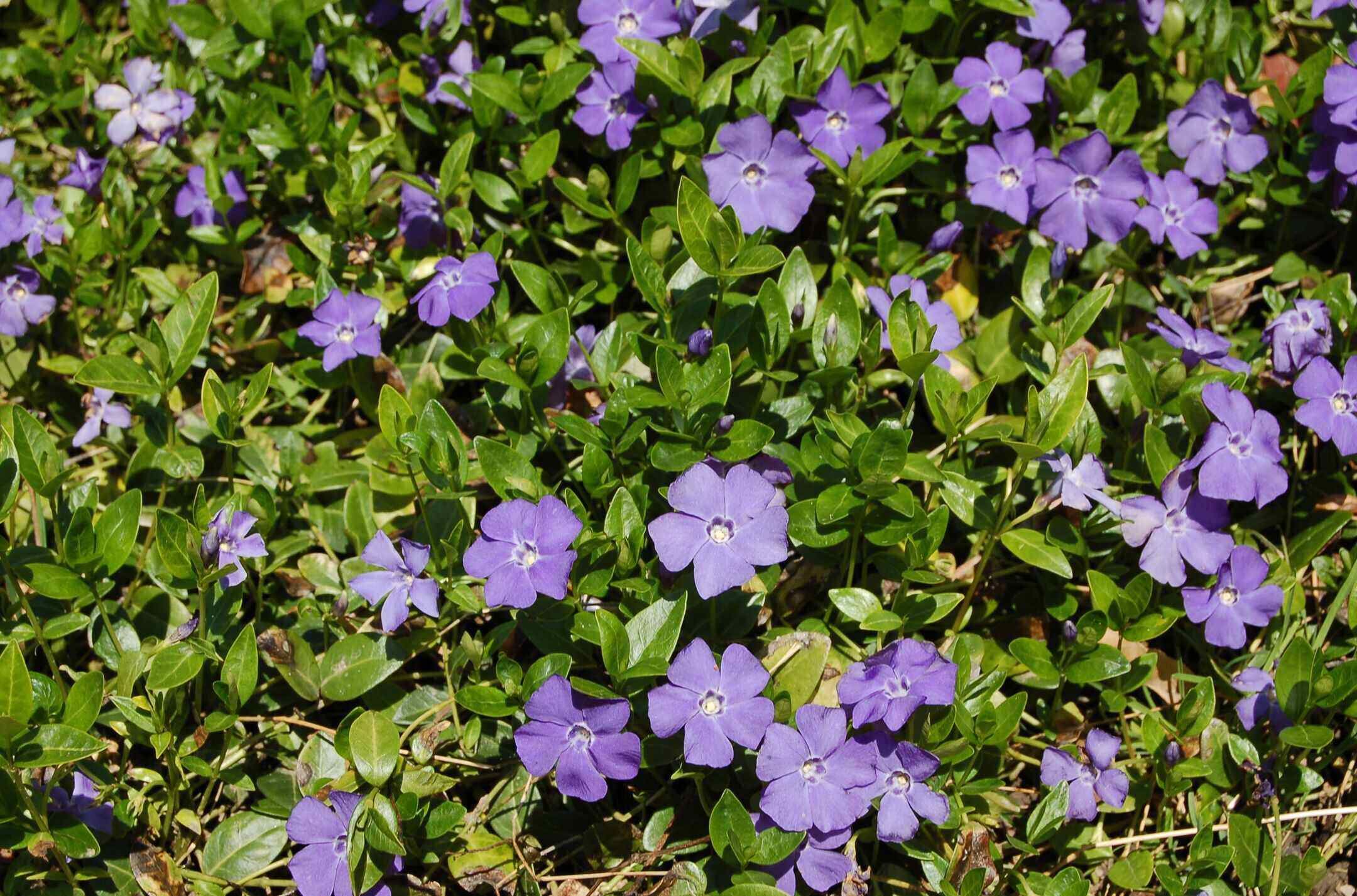
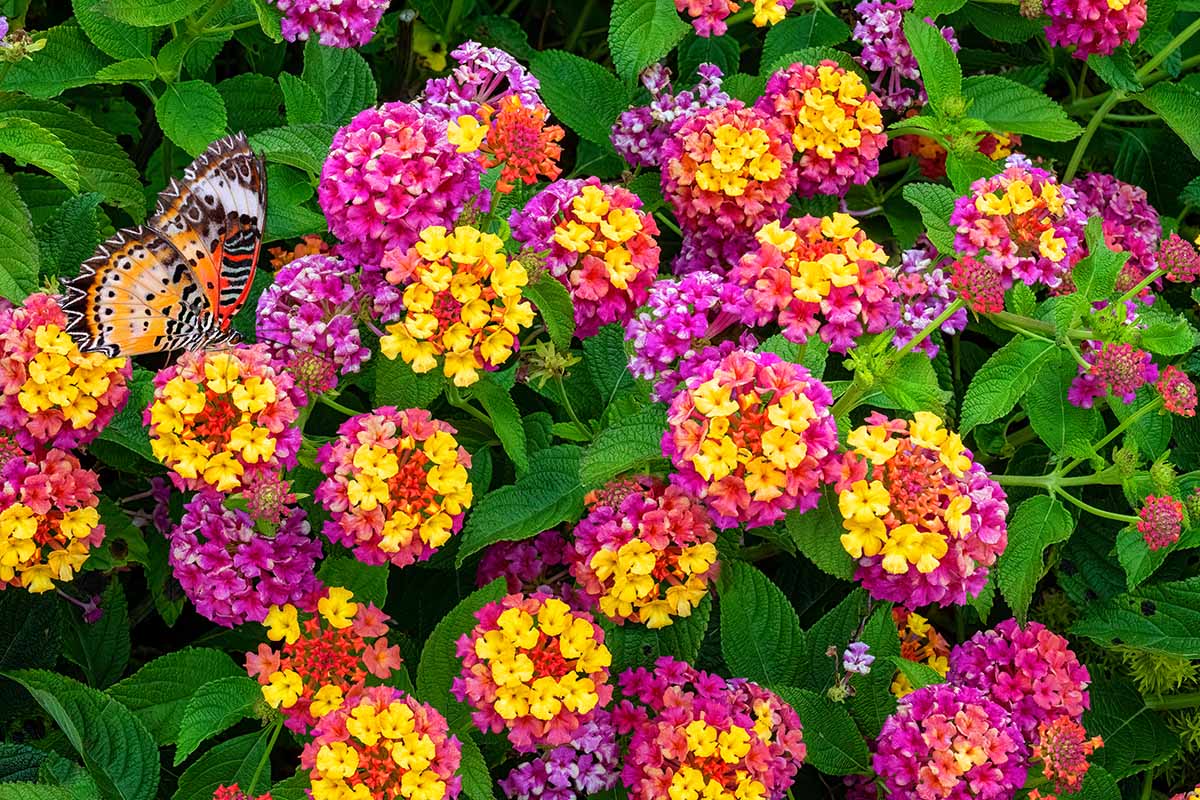
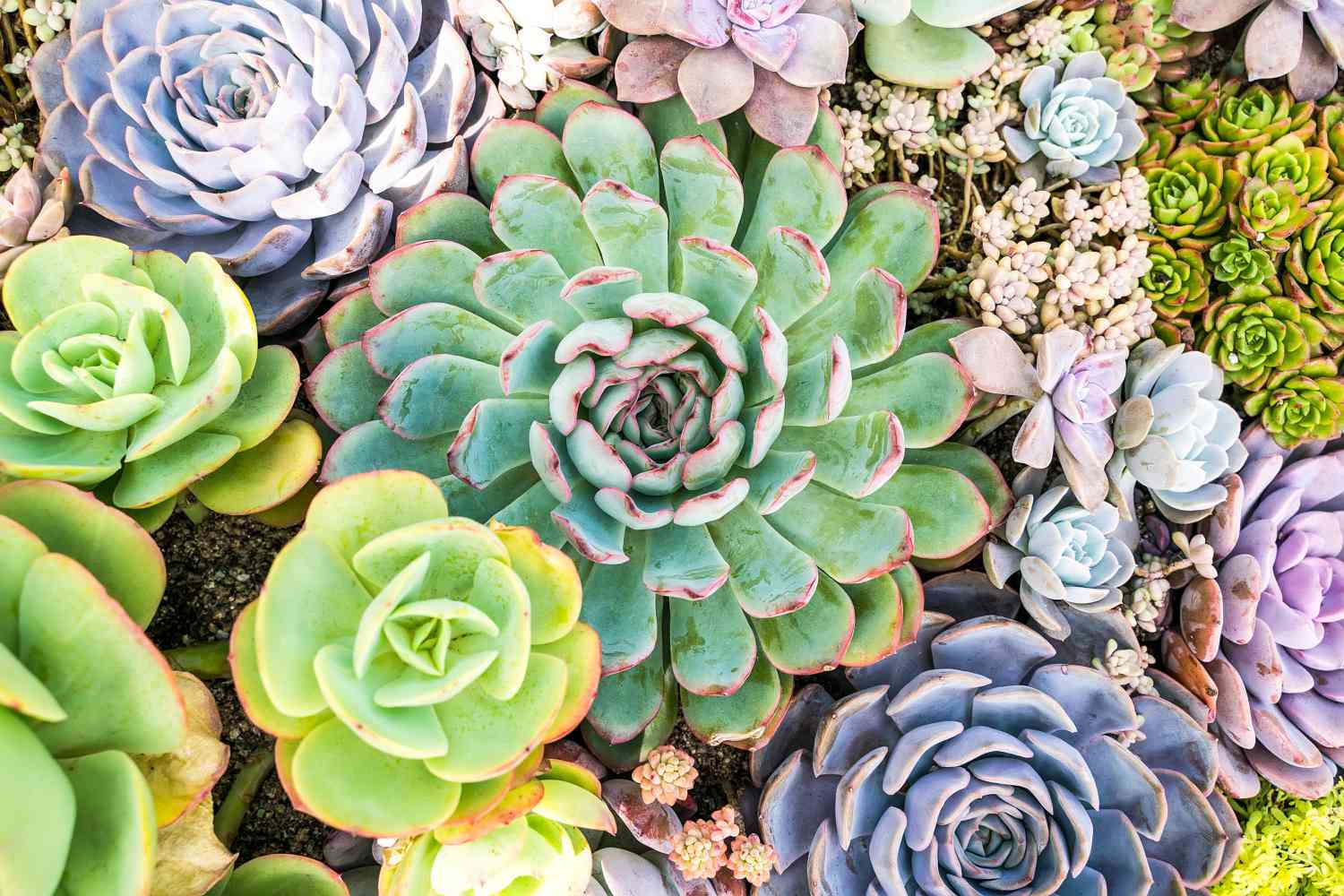
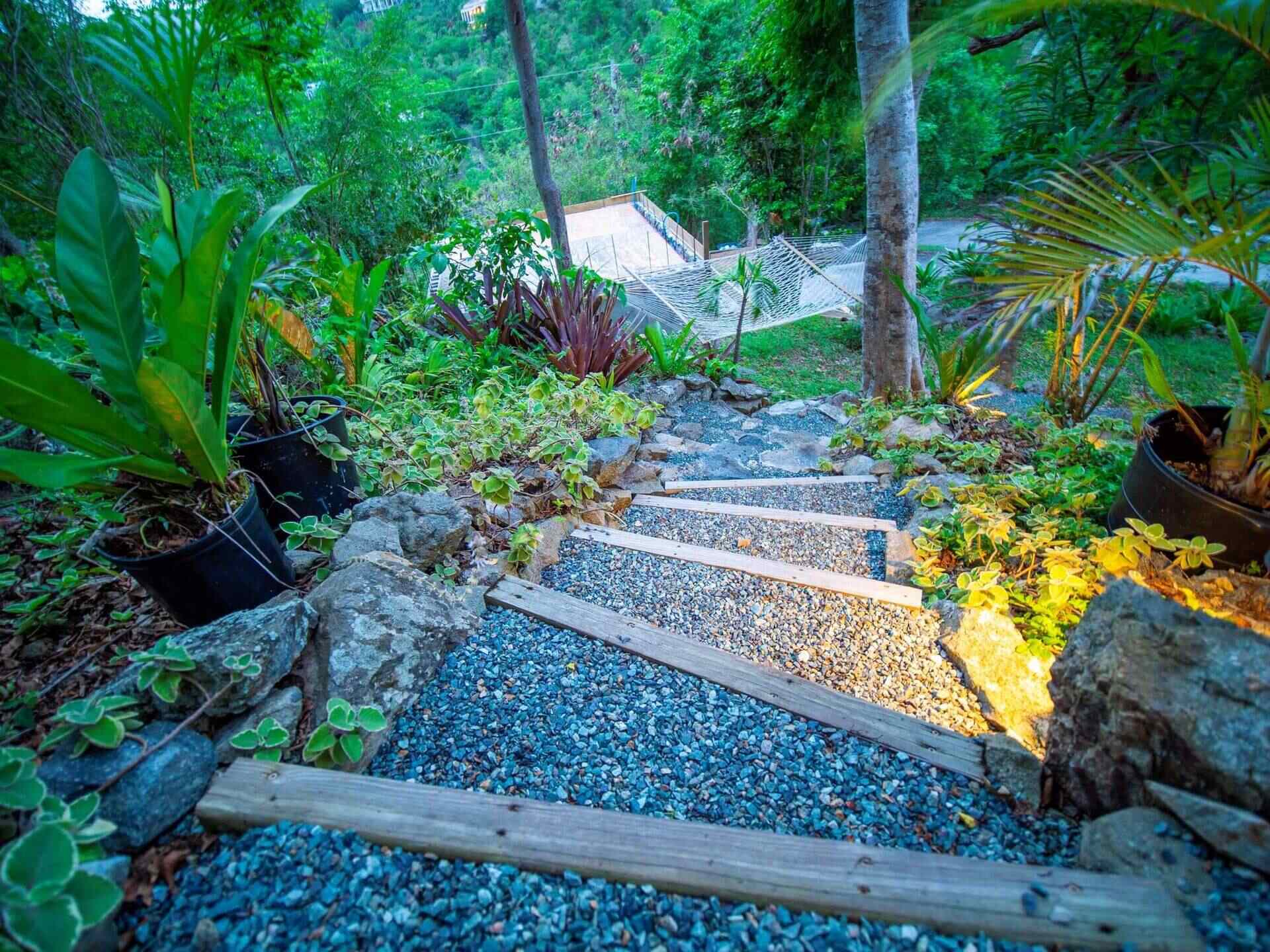
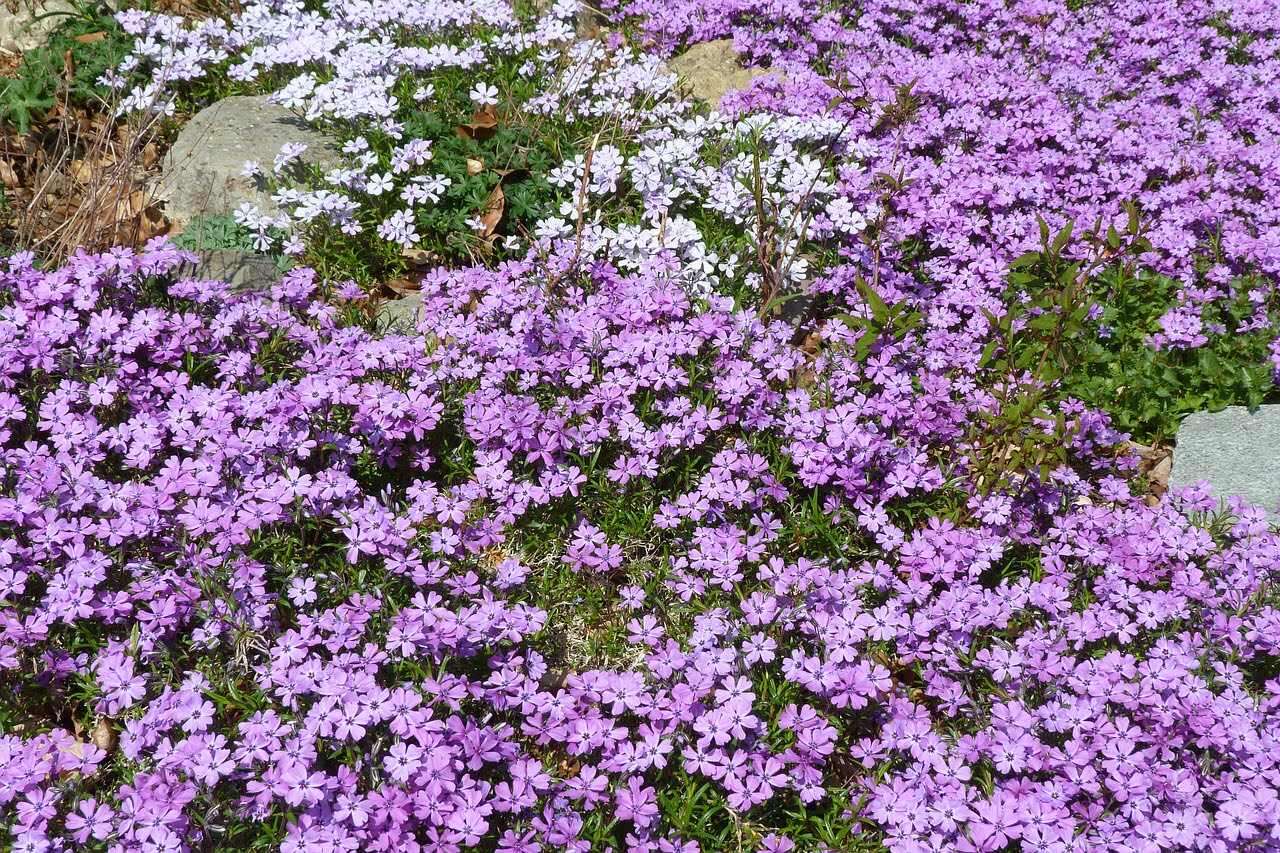
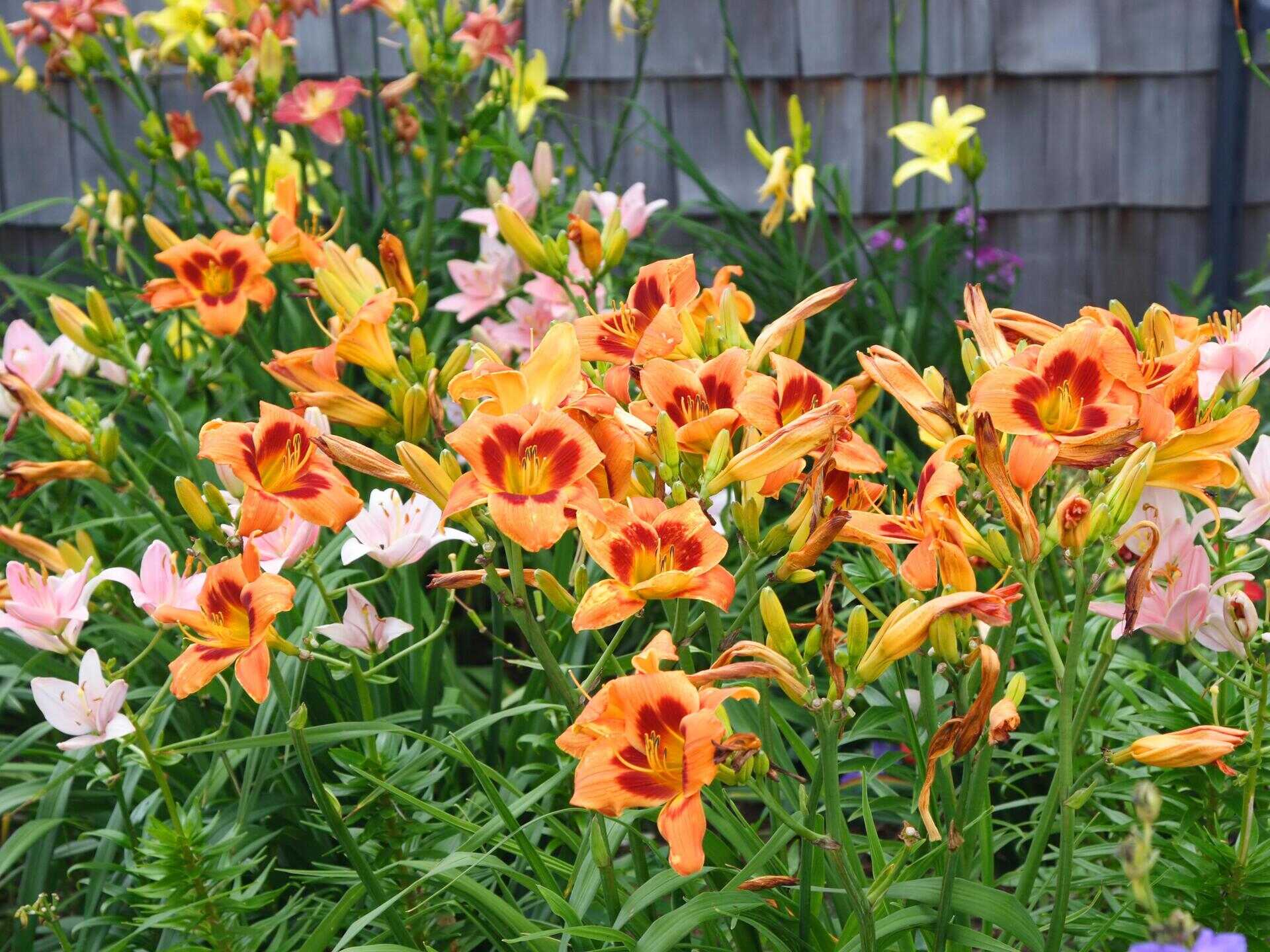
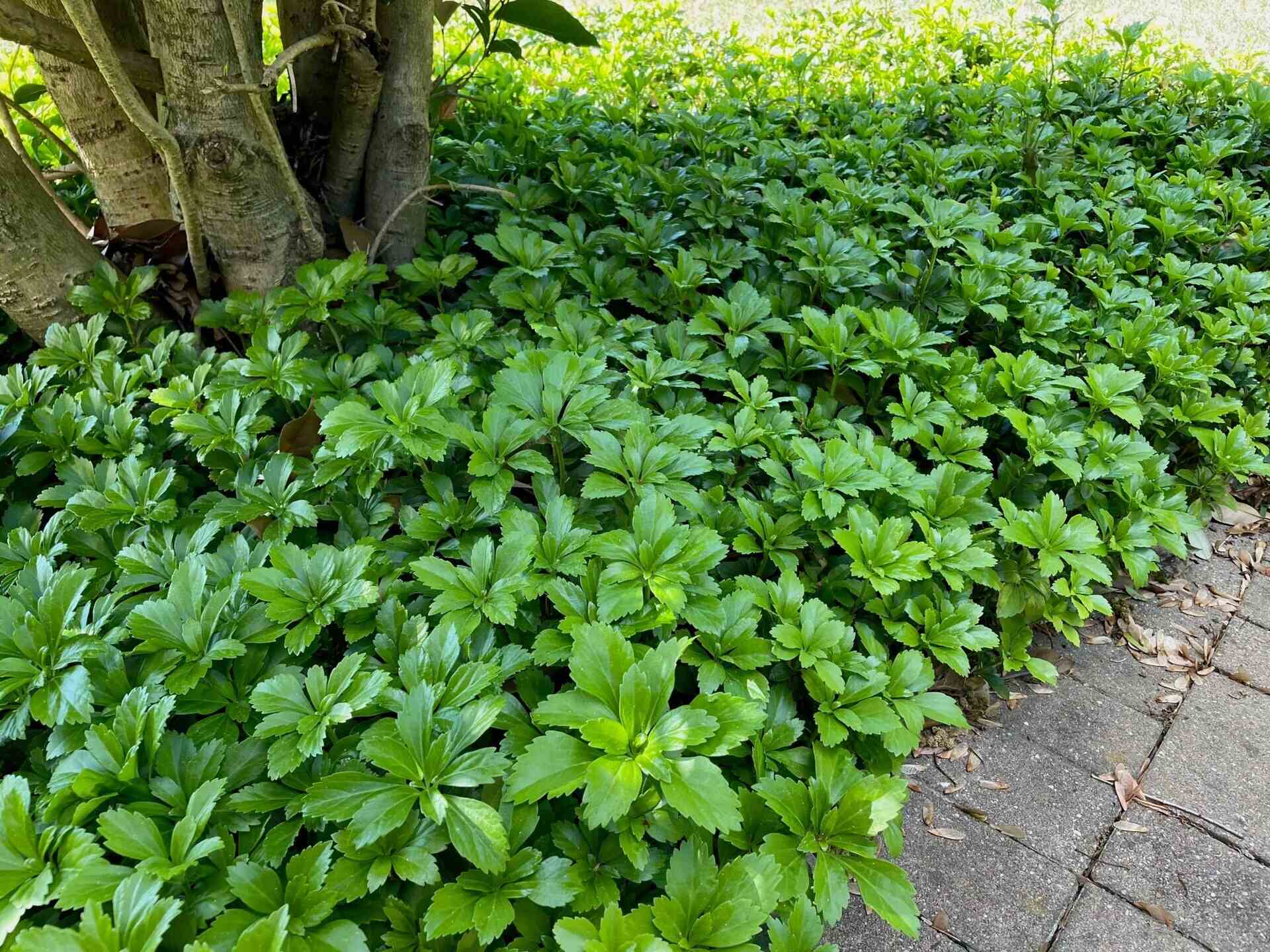
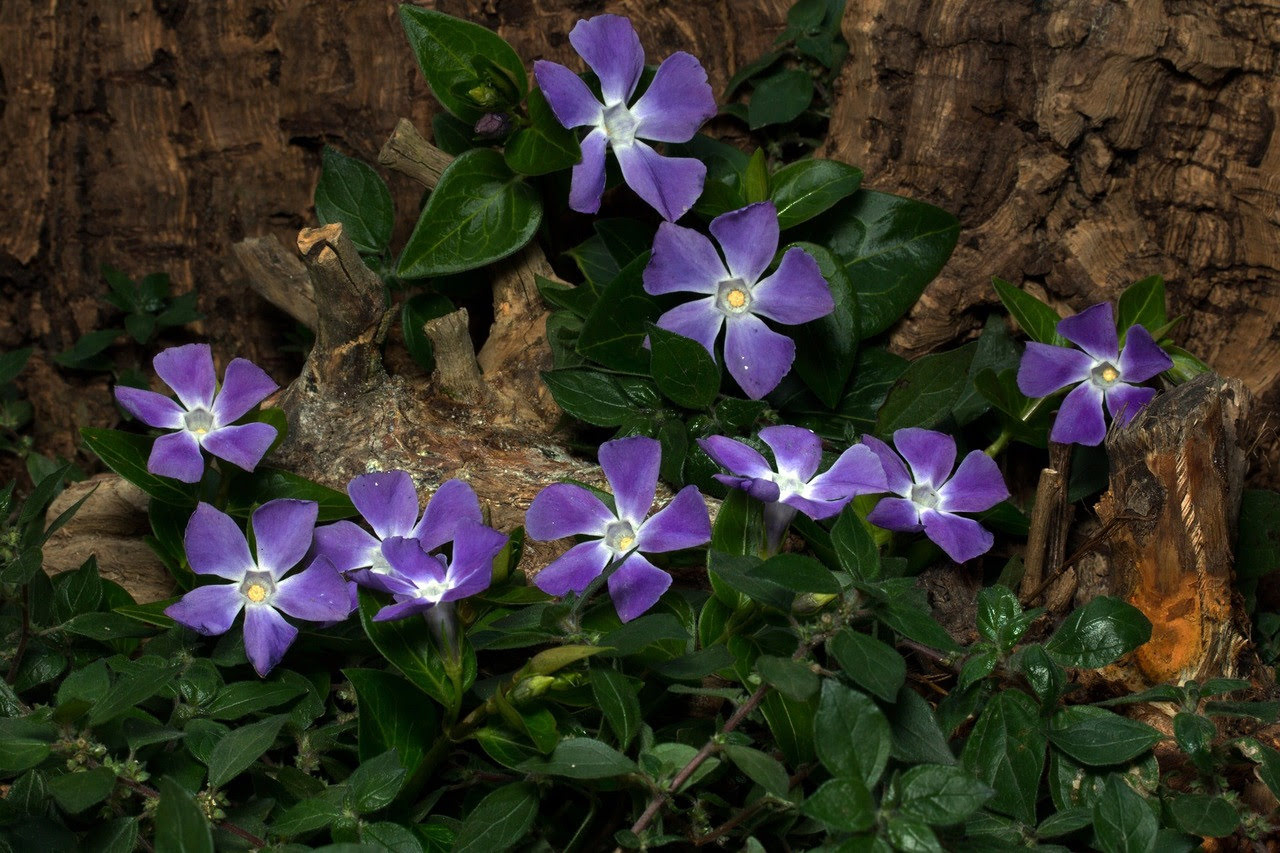
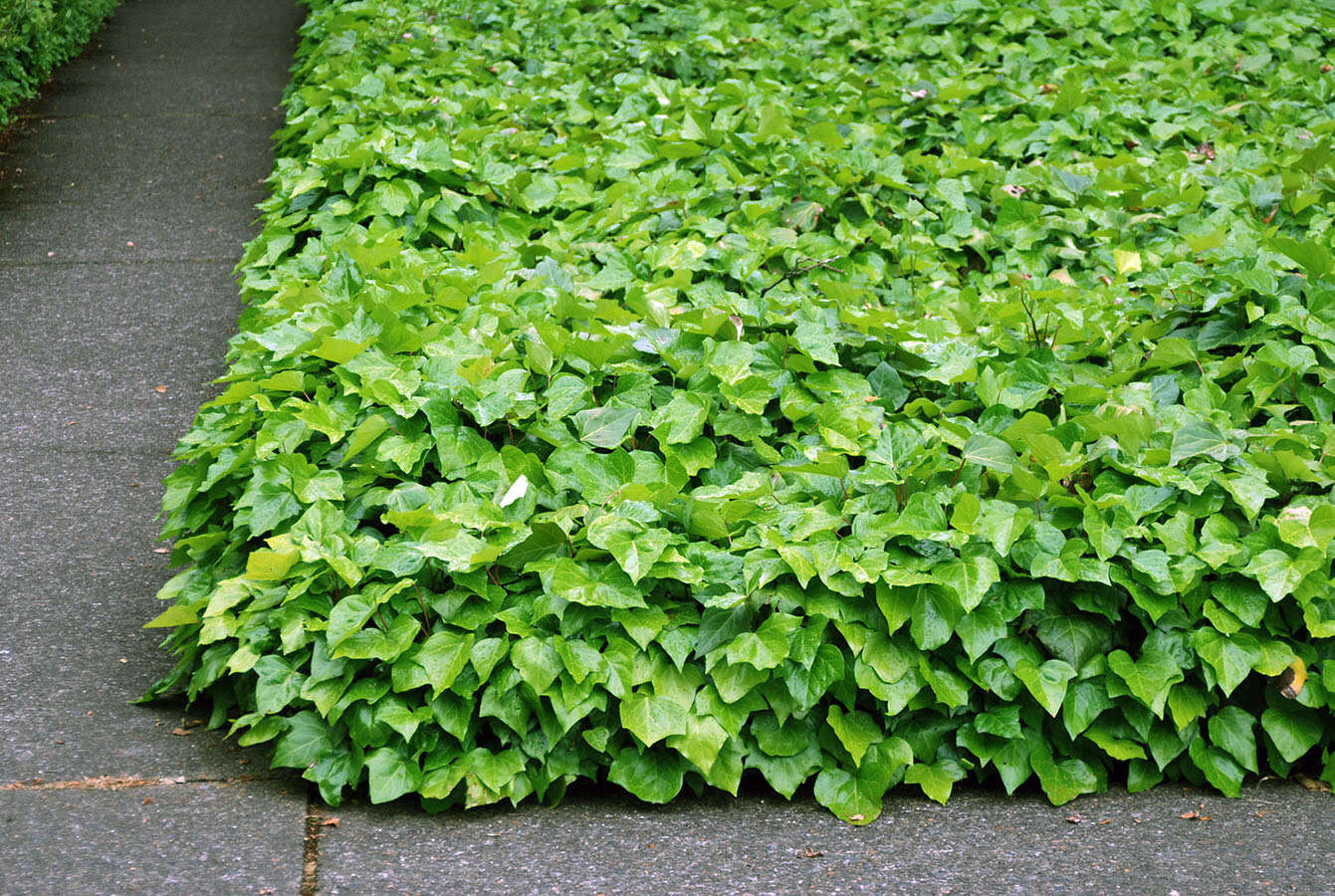
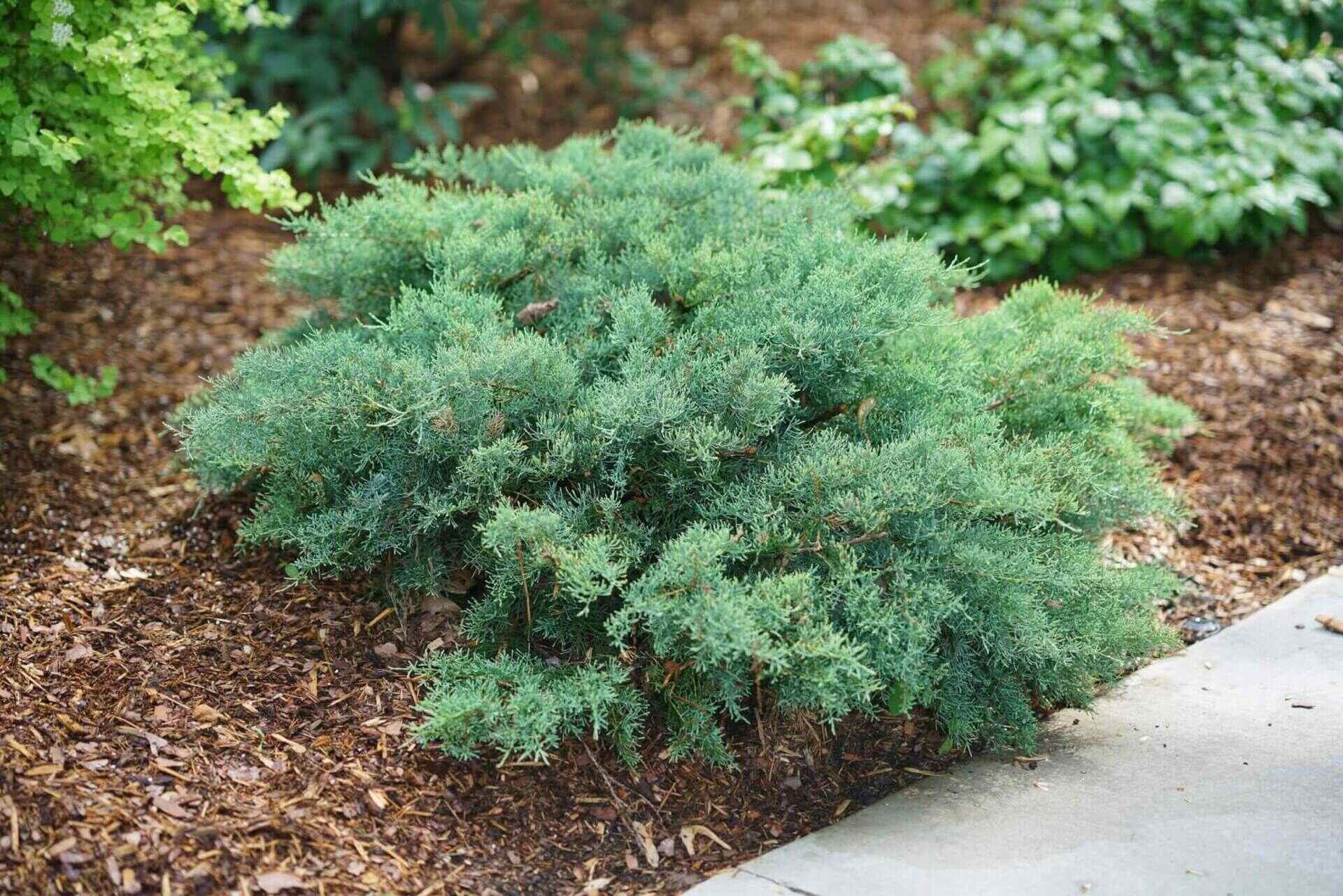
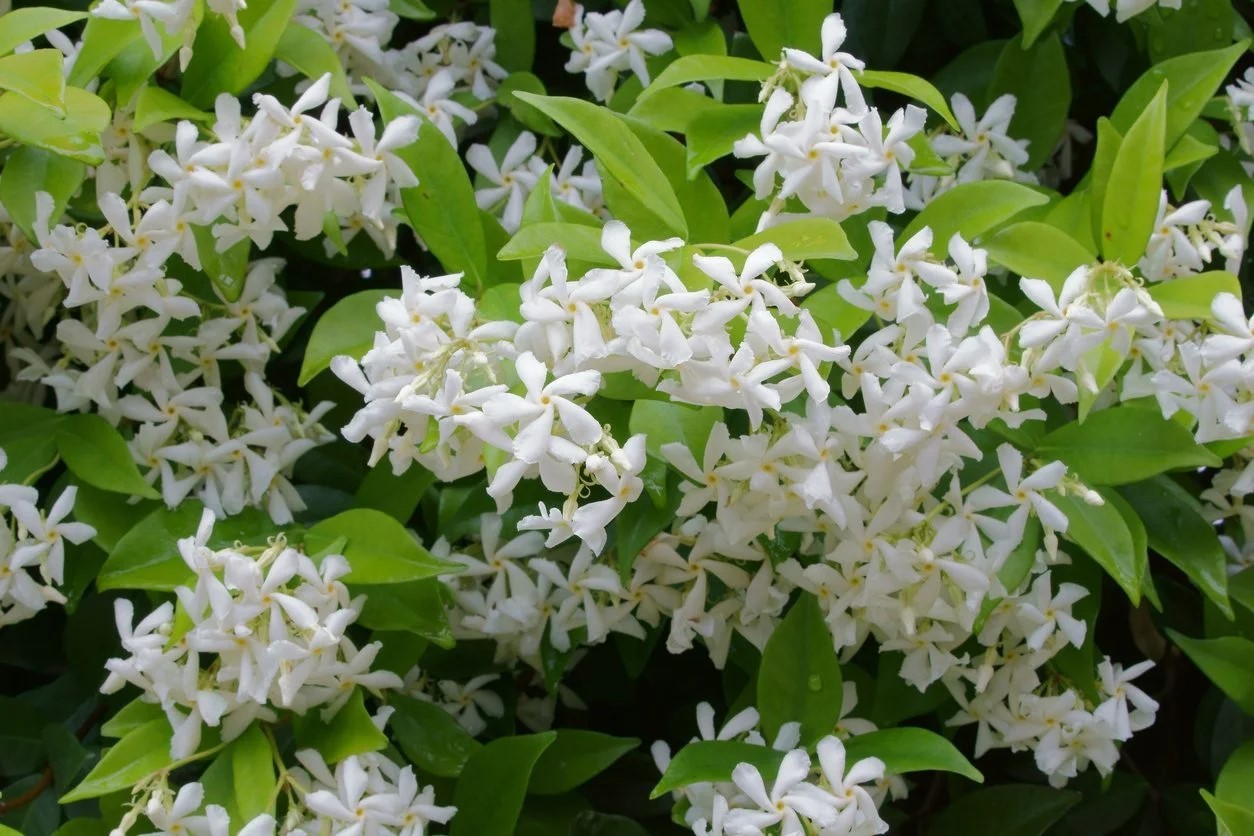
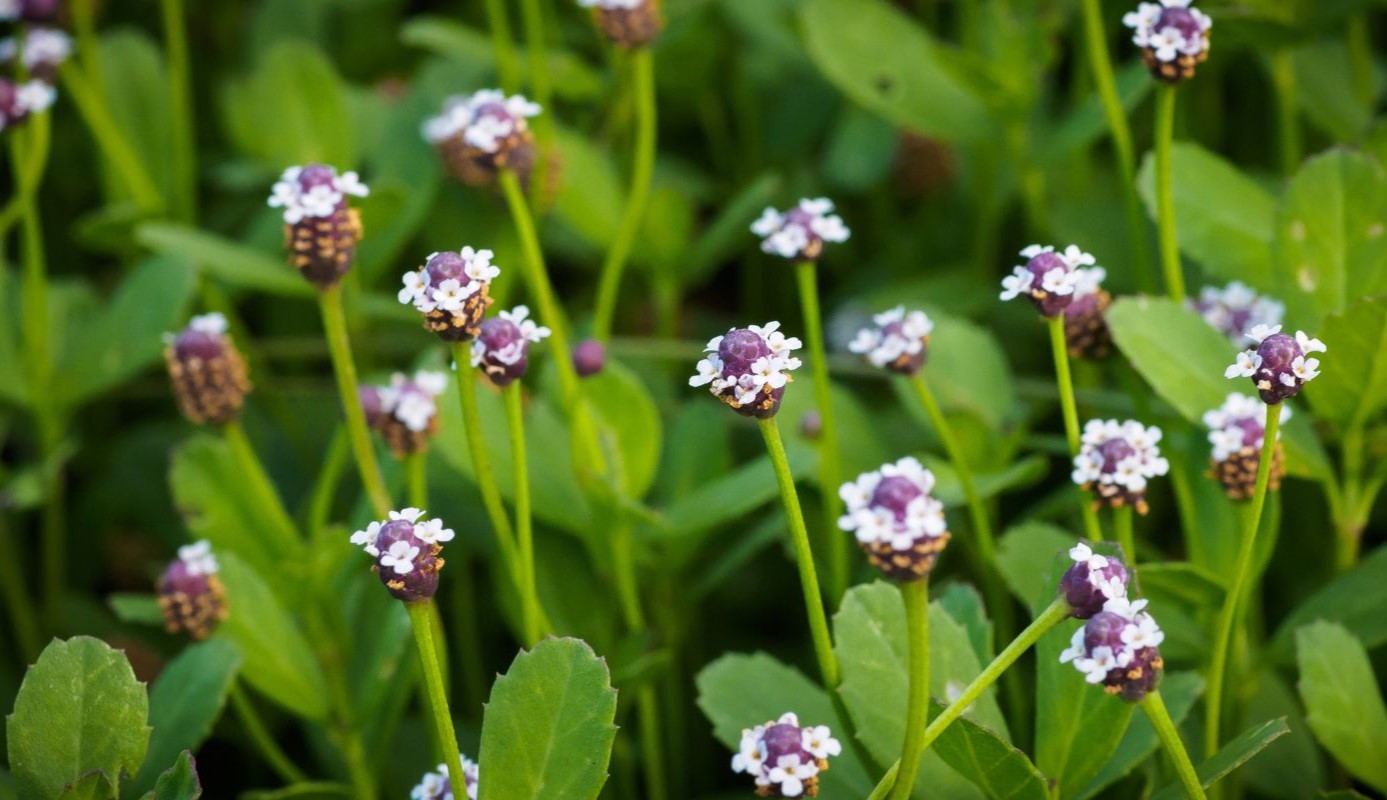
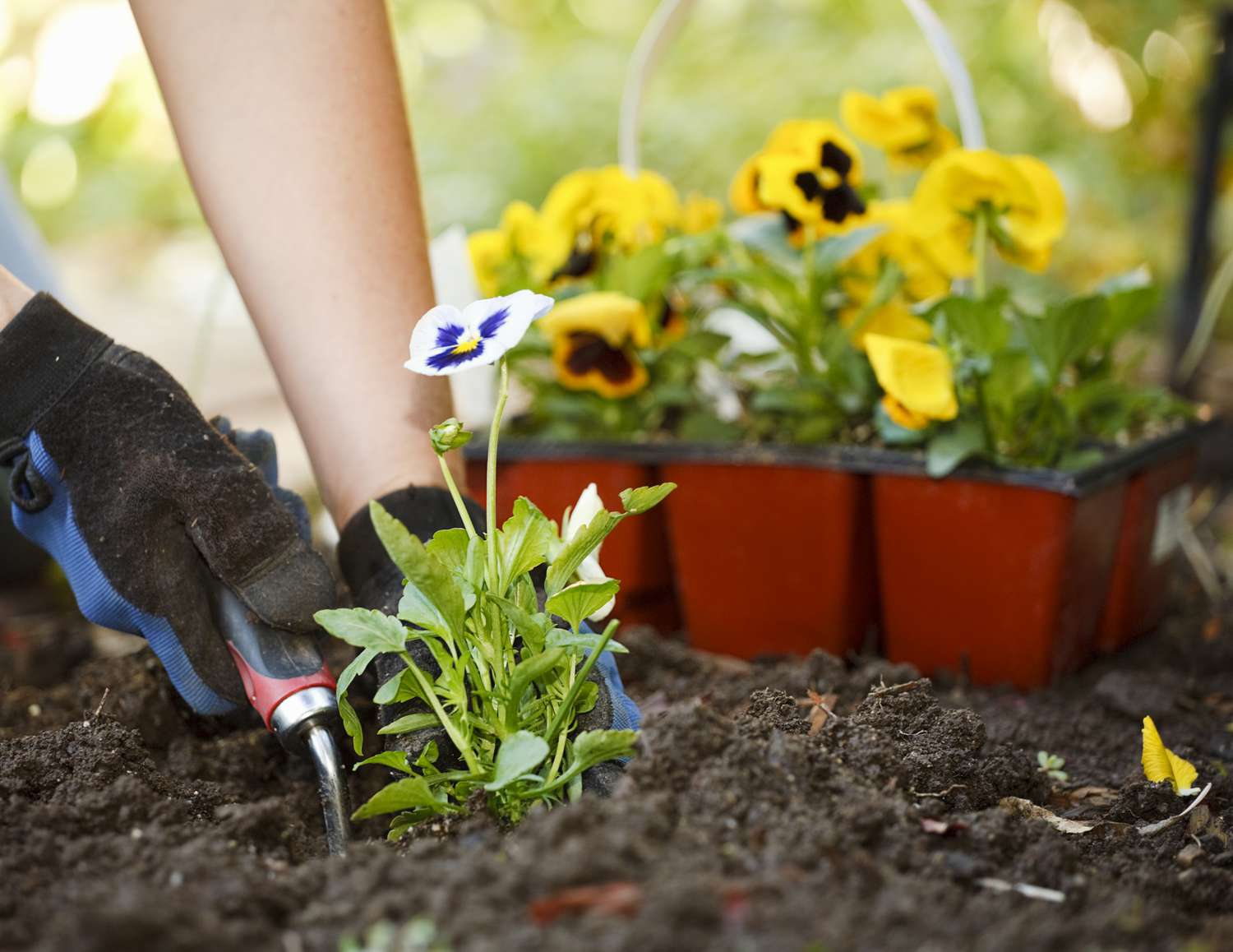
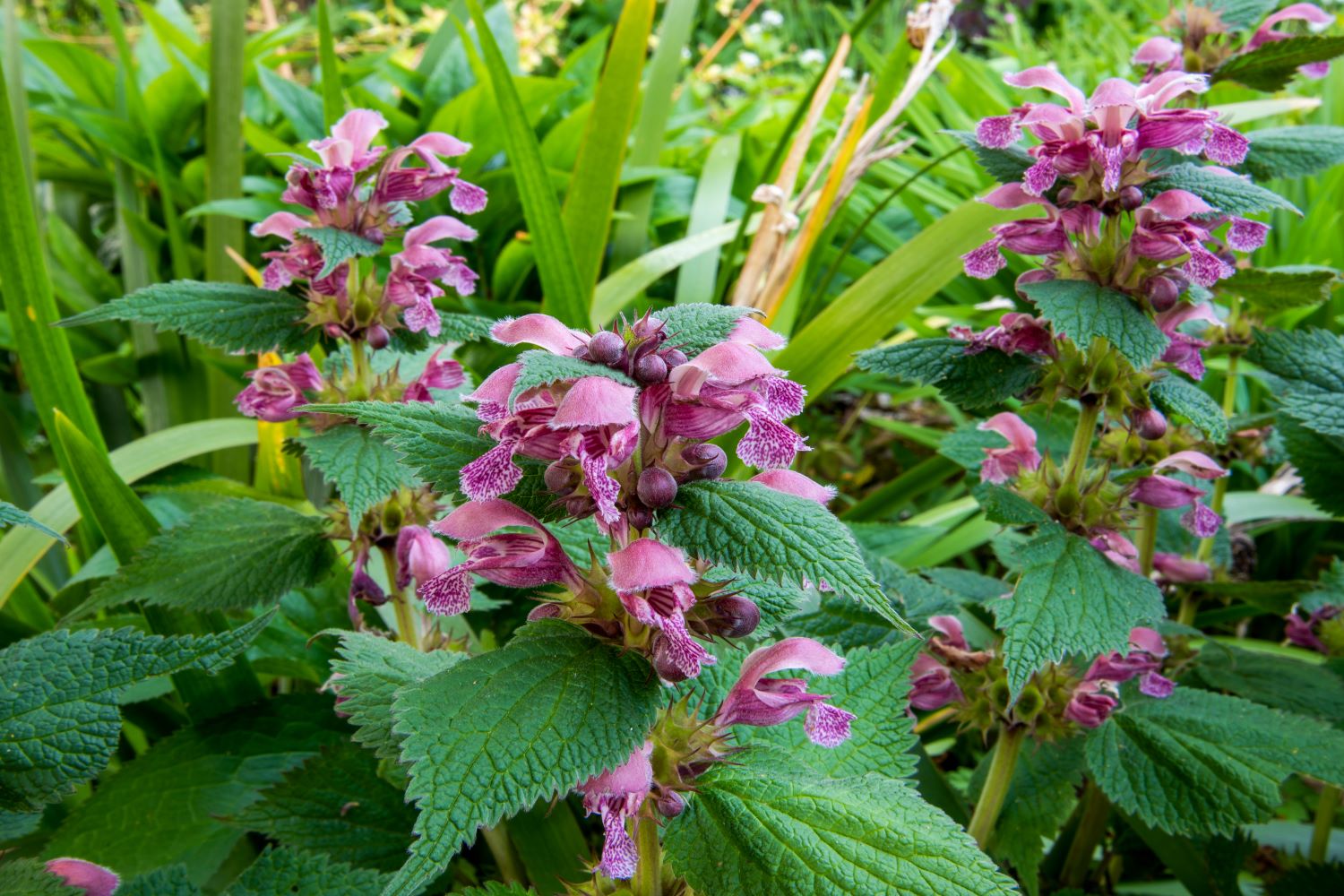

0 thoughts on “How To Plant Ground Cover Between Pavers”